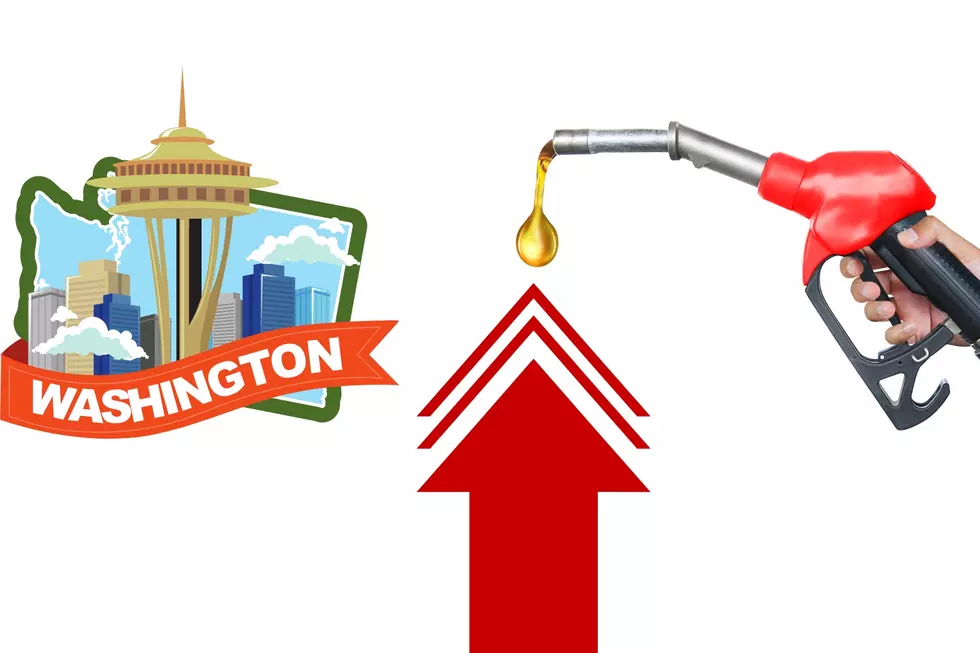
Washington State Gas Prices Are Soaring…Why?
You may have noticed gas prices in Washington State, and around the Country for that matter, have been increasing for the last couple of months. As of this writing, gas prices are higher than 1 year ago, higher than 1 month ago, and higher than 1 week ago.
It's not a single factor situation, but when you have the second highest average gas price in the United States, it's fair to wonder exactly what the contributing factors to that equation are. Some are internal, some external.
So What's In The Internal Equation?
1. Gas Tax - Washington State has the third highest gas tax in the U.S. Only Pennsylvania (0.58) and California (0.51) are highest than the 0.494 cents per gallon the Evergreen State charges on every gallon sold.
2. Carbon Credit Auctions - The first four auctions resulting from the passing of the Climate Commitment Act in 2021 added an estimated 43 cents per gallon to the cost of gasoline by the end of 2023. That according to Todd Meyers with The Washington Policy Center. It was cost passed on by those who purchased the credits.
The last auction of 2023 ended at $51.89 per metric ton, down a bit from the high of $63.03 in the third quarter auction. The first auction of 2024 was $25.76 per metric ton. The precipitous drop in price could be attributed to Initiative 2117 that could repeal the CCA if voters approve in November.
How About The External Equation?
There can be a number of things here...all out of the State's control.
1. Refinery issues - gas prices began to climb in February when BP's refinery in Whiting, Indiana went offline due to a power failure. Prices across the nation rose over 10 cents a gallon while the 435,000 gallon per day facility was down.
2. Biofuels/Summer Blends - The summer blend is more expensive to make and has a lower per barrel yield. It's an estimated 15 cent per gallon addition to gas prices as early as April but no later than May each year.
3. Oil Prices - This is the biggest outside factor considering petroleum oil is refined to make gasoline. When oil prices climb, so eventually do gas prices. The same applies to the inverse. As of this writing crude oil prices were trading between 85 and 90 dollars per barrel. Global Instability along with supply and demand fluctuations can wreak havoc on gas prices.
At this time, oil prices are expected to remain pretty close to where they are now due to the supply and demand balance being in relative sync for the near future.
Plan accordingly if you're going to road trip and check the price of gas along the route. There's a good chance you'll pay less, unless your destination is California.
LOOK: See how much gasoline cost the year you started driving
Gallery Credit: Sophia Crisafulli
More From 870 AM KFLD





